Table of Contents[Hide][Show]
If you’ve ever asked yourself, “Can I eat tacos with diabetes?” the good news is: yes, you absolutely can!
Tacos and diabetes can make a good match. The key lies in understanding how to make tacos a diabetes-friendly food option while keeping your blood sugar levels stable.
Here, you’ll learn how to enjoy this versatile dish without compromising your health. Plus, we’ll provide some practical tips for eating out at Taco Bell.
Understanding the Components of Tacos
A traditional taco usually includes:
- A tortilla (corn or flour)
- A protein (like beef, chicken, fish, or beans)
- Toppings (cheese, lettuce, salsa, guacamole, etc.)
- Optional extras (rice, sour cream, or refried beans)
Each of these components can impact your blood sugar differently, so let’s break them down step by step.
Soft Taco Tortilla: Choose Wisely
The tortilla is often the largest source of carbohydrates in a taco and this is where you need to act with caution, as it’s the tortilla that will send your blood sugar soaring.
Remember: carbohydrates are the nutrient that has the biggest impact on blood sugar levels in prediabetes and type 2 diabetes.
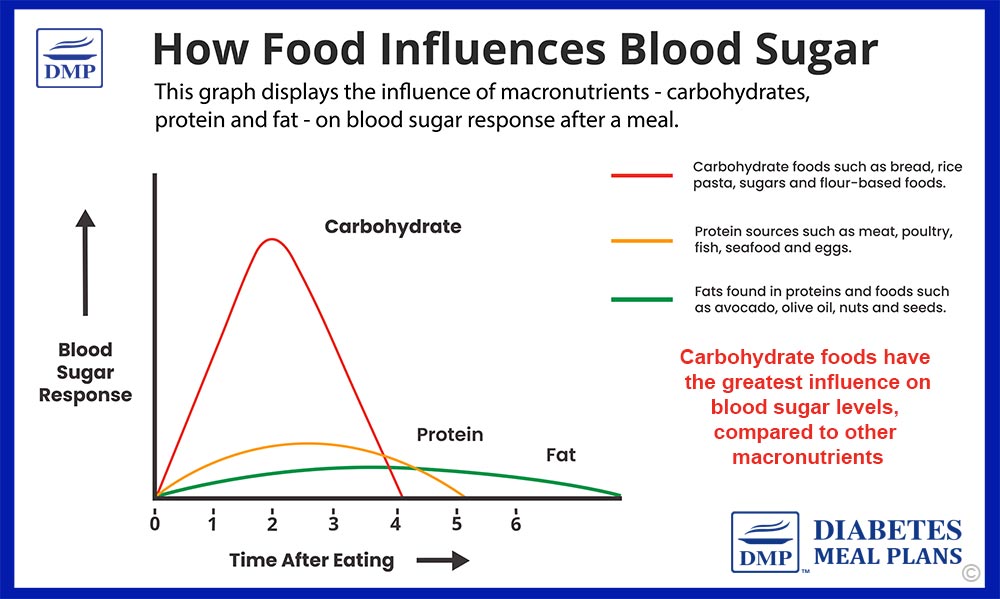
Let’s explore tortilla options and carb counts:
Flour tortillas: Often made with refined wheat flour, these will be the highest in carbohydrates. One tortilla can be around 35g carbs and only 1g fiber. Not a good option.
Corn tortillas: These are a better choice than flour tortillas for most people with diabetes, two tortillas are around 15g carbs per serve, 2g fiber, 13g net carbs (depending on the brand). The glycemic index is usually lower as well, around 52 compared to flour tortillas, which have a GI of 68 or higher.
Gluten free tortillas: Many gluten free options can be similar to wheat flour and will be high in carbs, around 26-35g per tortilla. Corn tortillas are gluten free and would be a better option, coming in around 15-20g carbs for two tortillas. Cassava flour, around 20g for two tortillas. You can also find high protein tortillas like BFree, which are only 8g carbs (3g net carbs) per tortilla.
Lettuce cups/wraps: Virtually carb free and still hold your taco fillings well. Plus, they add a delicious crunch to your taco. These are also a great gluten free option.
Low carb tortillas: You can now purchase low carb tortillas in most grocery stores or online. This is great for making soft tacos at home as many of them have zero net carbs or be very low in carbs. For example, they may contain 15g total carbs but 14g fiber, making them 1g ‘available’ carbohydrate—this is negligible for blood sugar and makes low carb tortillas a great option.

What About Hard Taco Shells for Diabetes?
If you prefer a crispy hard taco shell over a soft tortilla, that’s perfectly fine too—on the odd occasion—especially when made at home.
Old El Paso hard taco shells come in around 17g carbs for two shells, 1g fiber—so they are all carbs and you’ll need to keep that in mind.
Limiting your serves to only two shells per sitting is probably best, to avoid unnecessary blood sugar spikes.
Remember, for an even more diabetes-friendly choice, consider low carb tortilla alternatives or skip the shells entirely by using lettuce wraps or serving your taco fillings as a salad. These will always be a better choice in terms of blood sugar impact.
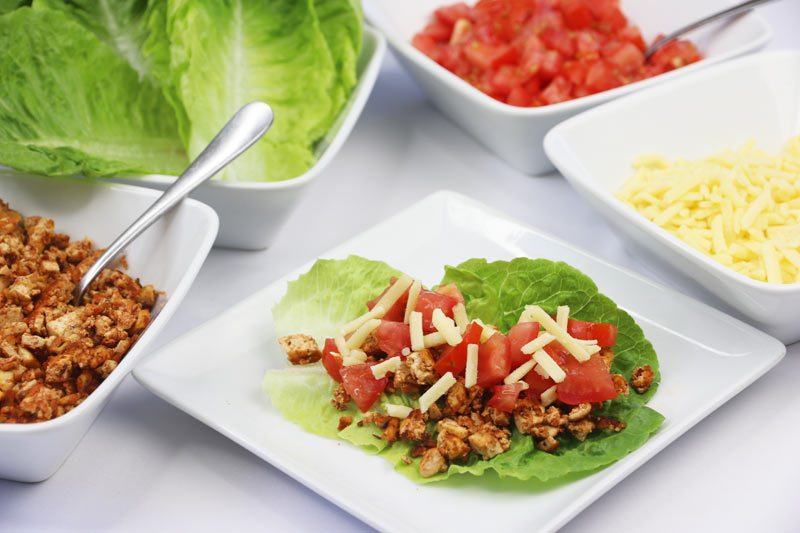
Focus on Protein for Blood Sugar Stability
Protein is your best friend when it comes to blood sugar stability.
A high-protein filling slows digestion and carbohydrate absorption, which can prevent blood sugar spikes an stabilize after-meal blood levels.
Good options include:
- Chicken or turkey
- Ground beef or steak
- Fish or shrimp (bonus: fish like salmon provide heart-healthy omega-3s)
- Plant-based proteins like tofu or tempeh
Beans are higher in carbs so we need to keep those limited (see below).
Smart Taco Toppings for Flavor and Health
Toppings can transform your taco into a nutrient-packed meal.
Here are some healthy, low carb, nutrient-rich choices:
- Non-starchy veggies: Lettuce, spinach, tomatoes, onions, and peppers add fiber and antioxidants with minimal carbs.
- Avocado or guacamole: Packed with heart-healthy monounsaturated fats and virtually no impact on blood sugar.
- Salsa: Choose fresh tomato-based salsa over creamy options to avoid hidden sugars.
- Cheese: Adds flavor and calcium and makes your taco super delicious.
- Sour cream: A taco isn’t the same without a generous spoonful of sour cream, and it’s perfectly fine to include it. Plain Greek yogurt works well as a topper too.
Avoid high carb extras like sweetened sauces or refried beans (see below).
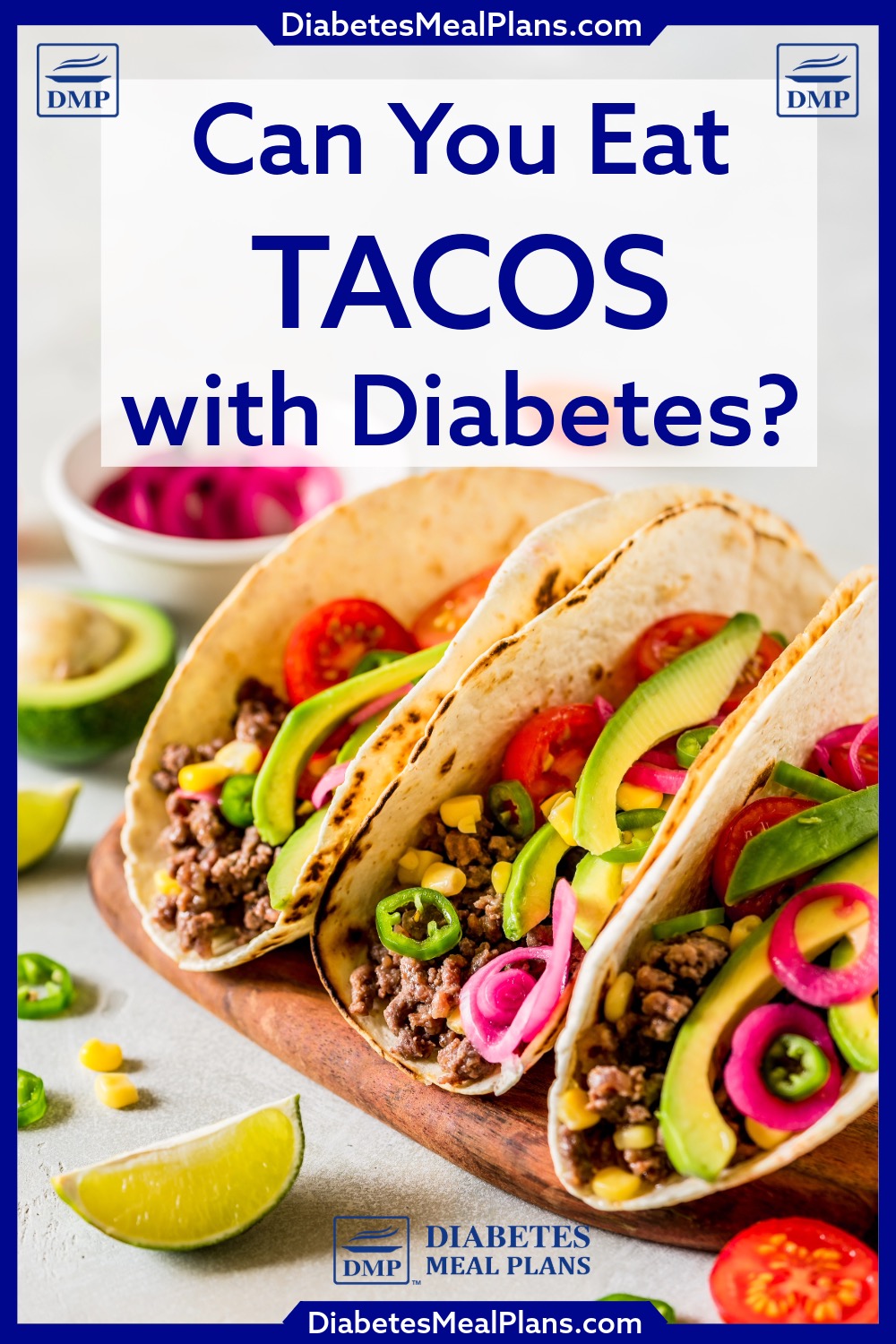
Pair Your Tacos with Low Carb Sides
Avoid carb-heavy sides like rice or chips and opt for diabetes-friendly alternatives like:
- A fresh cucumber or avocado salad
- Roasted veggies like zucchini or cauliflower
- A small serving of black beans or other beans
- A note on beans: Beans can be a common taco ingredient, but they are carb-heavy so limit any beans in your tacos to one quarter cup maximum. Opt for other proteins listed above.
Portion Control Is Key
Even with healthier ingredients, portion size plays a critical role in managing blood sugar. It’s easy to overdo it with tacos, especially when they’re loaded with toppings.
Stick to 2-3 tacos with balanced ingredients, and if necessary, pair them with a side of non-starchy vegetables or a simple salad.
Enjoy Tacos the Diabetes-Friendly Way
Let’s bring it all together.
Here’s a simple guide to building a diabetes-friendly taco:
Use flavorful but low-carb toppings: Salsa, cilantro, or a sprinkle of cheese.
Choose a low carb base: The best options are a lettuce wrap or low carb tortilla, followed by corn tortilla.
Another option when making tacos at home is to skip the taco shells or tortillas and make a Taco Plate—it’s perfectly delicious without the carb-heavy tortillas.
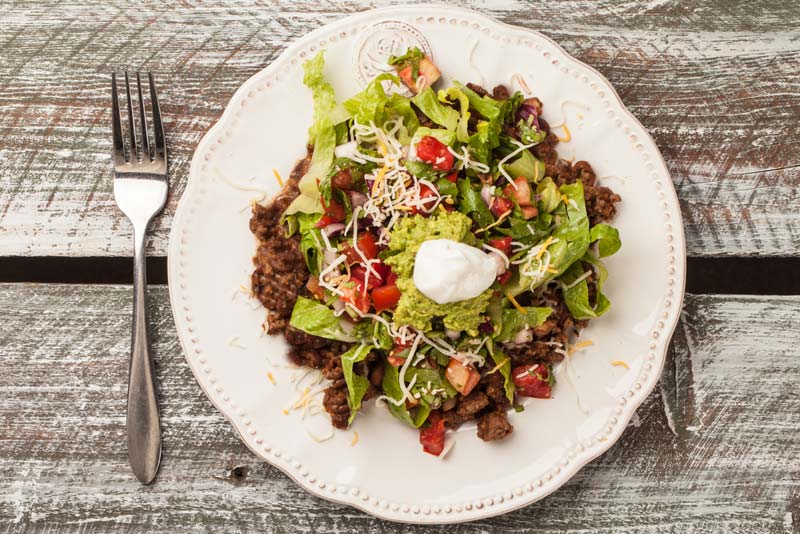
Or, get creative with your base and make some Taco Tomatoes—these are so fresh and delicious!
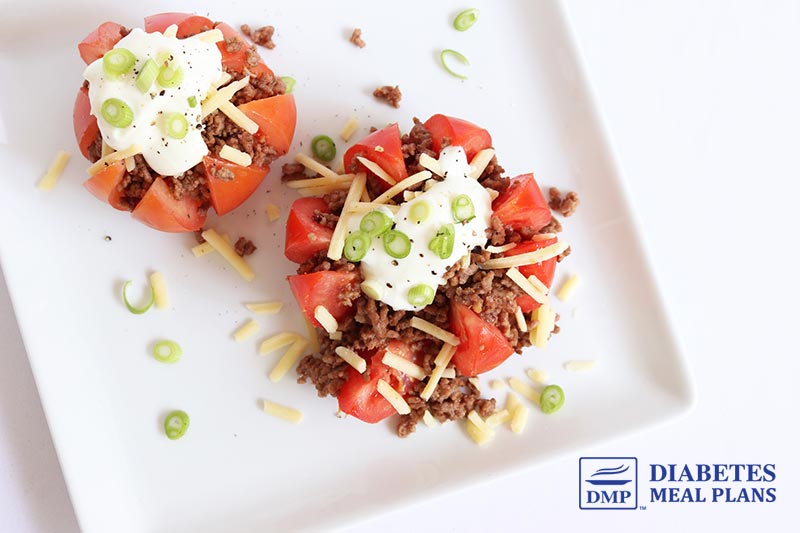
Make protein central: Chicken, beef, fish, or tofu (not too many beans).
Pile on non-starchy veggies: Lettuce, tomatoes, onions, and peppers.
Add healthy fats: Avocado or guacamole.
Add decadence: Top with sour cream or plain Greek yogurt.
Taco Bell for Diabetics
With type 2 diabetes and prediabetes, we’re big believers that you can eat (almost) anywhere and there will still be diabetes friendly options.
So, you might be wondering what can diabetics eat at Taco Bell?
Nachos, burritos, wraps and quesadillas are all high in carbs and are not safe to eat.
Here’s the nutrition facts to demonstrate that:
Taco Bell burritos range from 41g carbs for a Chili Cheese Burrito, up to a whopping 68g carbs for a Black Bean Grilled Cheese Burrito. Taco Bel quesadillas are around 40g carbs.
This is all just way too much impact on blood sugar—levels will go up, up up!
As for tacos, here are the best diabetes-friendly options from Taco Bell and the carb counts.
Diabetes Friendly Taco Bell: Nutrition Facts
| TACOS, 1 taco | Carbs (g) | Calories |
|---|---|---|
| Chicken Soft Taco | 16 | 160 |
| Crunchy Taco | 13 | 170 |
| Crunchy Taco Supreme | 15 | 200 |
| Nacho Cheese Doritos Locos Taco | 12 | 170 |
| Nacho Cheese Doritos Locos Taco Supreme | 14 | 190 |
| Grilled Steak Soft Taco | 16 | 200 |
| Cantina Crispy Chicken Taco | 17 | 290 |
| Cantina Chicken Taco Soft | 17 | 290 |
| Beef Soft Taco | 18 | 190 |
| Chicken Soft Taco Supreme | 18 | 190 |
With all of the above, limit your portions to only two tacos maximum, as you’ll be pushing your carb count up too much beyond this, which will spike your blood sugar levels high.
You’ll want to limit beans at Taco Bell, as that will add 7 g carbs per serve. Often, beans are best left for at-home tacos, where you can choose a low carb tortilla.
Salad vegetables like lettuce, cucumber and tomato will always be safe options to add.
Feel free to add some Nacho Cheese Dip, which only adds 2 g carbs. And there are lots of delicious sauces you can add to finish off your tasty Taco Bell meal.
Diabetes-Friendly Taco Bell Sauces and Toppings
| SAUCES, per serve | Carbs (g) | Calories |
|---|---|---|
| Avocado Ranch Dressing | 1 | 60 |
| Border Sauce, mild/hot/fire | 0 | 0 |
| Cilantro Dressing | 0 | 0 |
| Creamy Jalapeno Sauce | 1 | 70 |
| Green Tomatillo Sauce | 2 | 10 |
| Guacamole | 2 | 35 |
| Pepper Jack Sauce | 0 | 0 |
| Pico de Gallo | 1 | 5 |
| Salsa | 5 | 25 |
Conclusion
Tacos can absolutely fit into a balanced diabetes-friendly diet when prepared mindfully.
By choosing the right ingredients and watching portion sizes, you can enjoy this delicious meal without spiking your blood sugar to much.
Even a night out at Taco Bell can work if you choose wisely. And the good thing is, now you know what to choose.
So, next time Taco Tuesday rolls around, you don’t have to miss out!
With a little planning, tacos can be an enjoyable part of your journey to better blood sugar control and overall health.

Leave a Reply